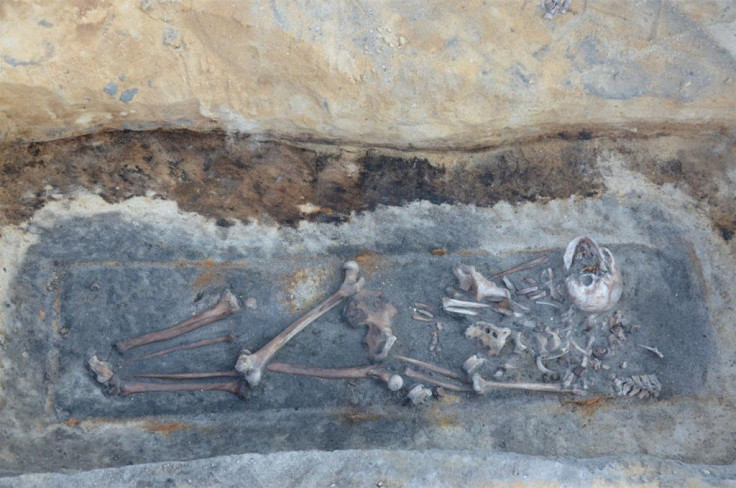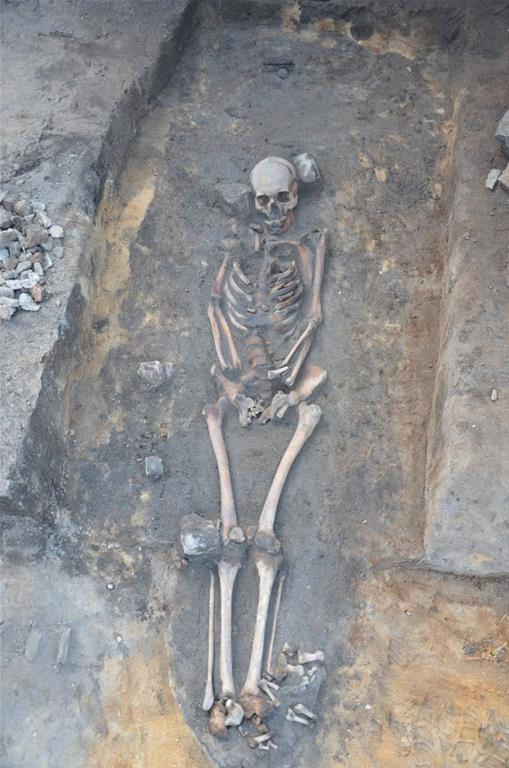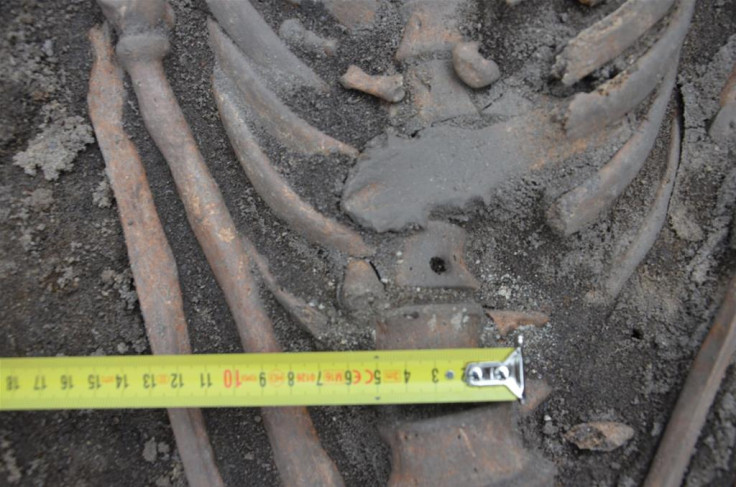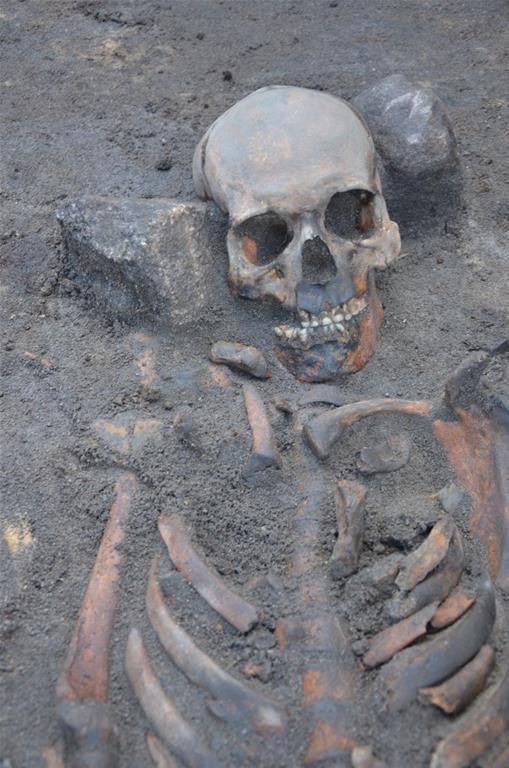'Vampires' mutilated before burial in medieval Poland were just people with health problems
Three violent burials excavated in Poland linked with fear of vampires.

Three people whose bodies were mutilated after death in west Poland may have had health conditions that made them appear different from other people, archaeologists say.
The bodies were buried at the edge of a cemetery in the village of Górzyca in west Poland, on the border with Germany. The graves date to the 13th and 14th centuries.
Mutilations to the bodies included decapitation, deep punctures in the spine and sacrum and wedging the head between two stones, a practice intended to prevent the dead from rising again.
At least one of the people who died is thought to have had kyphosis, a bone condition that probably gave her a hunched posture. Health problems such as this may have created a stigma around the woman, leading people to believe she was a vampire.
The woman who had kyphosis was buried face down and her knees were broken. Another body buried in a violent way, a man, is also suspected to have had kyphosis, says Krzysztof Socha of the Museum of Fortress Kostrzyn in Poland, who was involved in the excavations.

A third person was buried with their head wedged between two stones, which is believed to have been one of many practices intended for those associated with vampirism.
Post-mortem rituals such as these were intended to physically prevent the body from rising from the grave by pinning it down. The body's legs were sometimes removed or the neck was pinned down with a sickle across it.

Archaeologist Lesley Gregoricka from the University of South Alabama has argued that many so-called vampires buried in the medieval period were actually victims of cholera. "The first person to die from an infectious disease outbreak was presumed more likely to return from the dead as a vampire," she writes in the paper.
The three graves on the edge of the cemetery in Górzyca lie in stark contrast to the rest of the graves in the cemetery, which were buried in an orderly way, aligned east to west. The majority of bodies were buried with their hands laid neatly by their sides or crossed on their chests.

© Copyright IBTimes 2025. All rights reserved.






















